We've found 272 matches for your search. Order by
Results
-
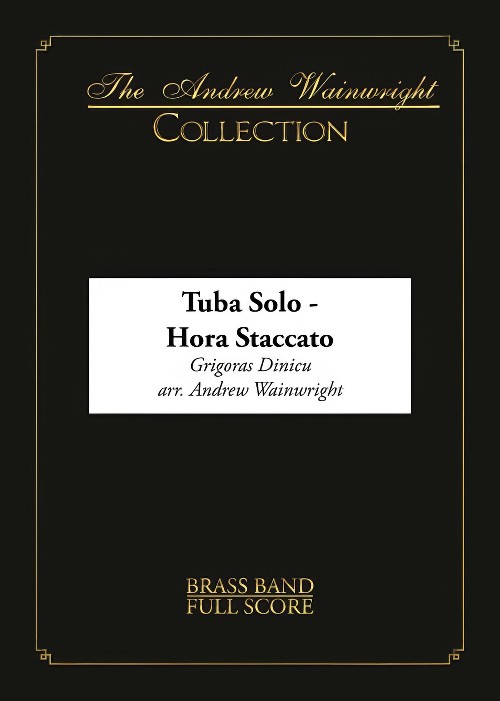 £30.95
£30.95Hora Staccato (Eb Bass Solo with Brass Band - Score and Parts) - Dinicu, Grigoras - Wainwright, Andrew
Arrangement of Grigoras Dinicu's virtuosic violin showpiece, here arranged for Eb tuba.
Estimated dispatch 7-14 working days
-
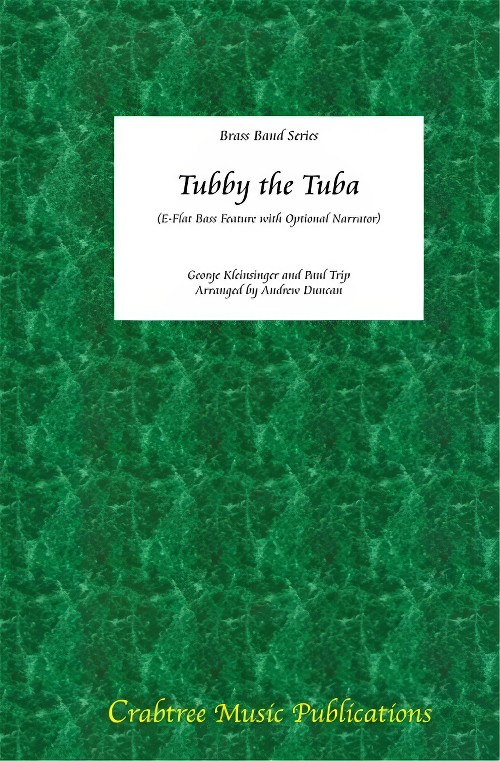 £72.99
£72.99Tubby the Tuba (Eb Bass Solo with Brass Band - Score and Parts) - Kleinsinger, George - Duncan, Andrew
with optional narratorScore and Parts for George Kleinsinger's Tubby the TubaSolo part comes in C BC and Eb TCDuration: 8:00
Estimated dispatch 7-14 working days
-
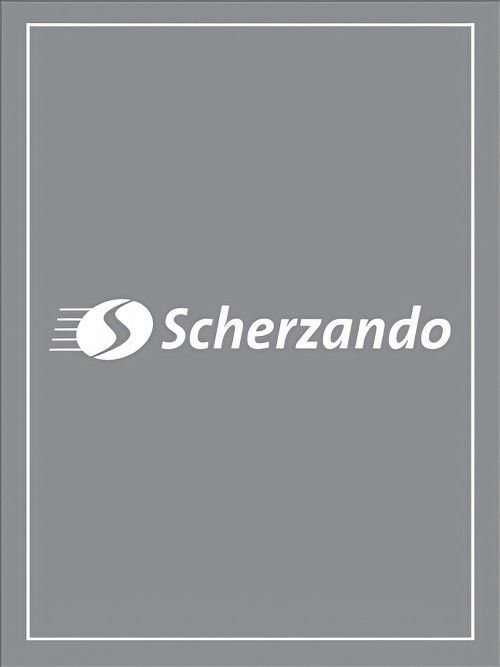 £68.99
£68.99T(w)o the Limit (Bb Cornet and Eb Bass Duet with Brass Band - Score and Parts) - Waignein, Andre
Duration: 5.45
Estimated dispatch 7-14 working days
-
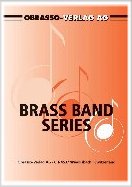 £54.20
£54.20BASSO BRAZILIO (Eb Bass Solo with Brass Band) - Newsome, Roy
Grade: Medium
Estimated dispatch 7-14 working days
-
 £54.20
£54.20BIG BILL GOES LATIN (Eb Bass Solo with Brass Band) - Barry, Darrol
Grade: Medium
Estimated dispatch 7-14 working days
-
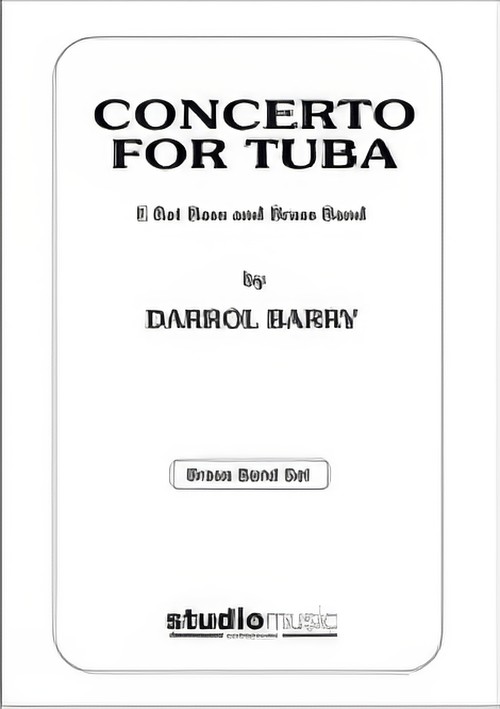 £82.95
£82.95CONCERTO FOR TUBA (Eb Bass Solo with Brass Band) - Barry, Darrol
Score and Parts. Dur: 15:30
Estimated dispatch 7-14 working days
-
 £50.90
£50.90DANNY BOY (Eb or Bb Bass Solo with Brass Band) - Fernie, Alan
Grade: Easy
Estimated dispatch 7-14 working days
-
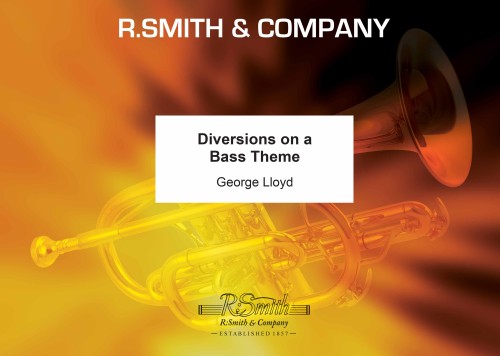 £69.95
£69.95DIVERSIONS ON A BASS THEME (Brass Band Set)
Estimated dispatch 7-14 working days
-
 £37.95
£37.95FATHER NEPTUNE (Bass Trombone/Brass Band) - Newsome, Roy
Estimated dispatch 7-14 working days
-
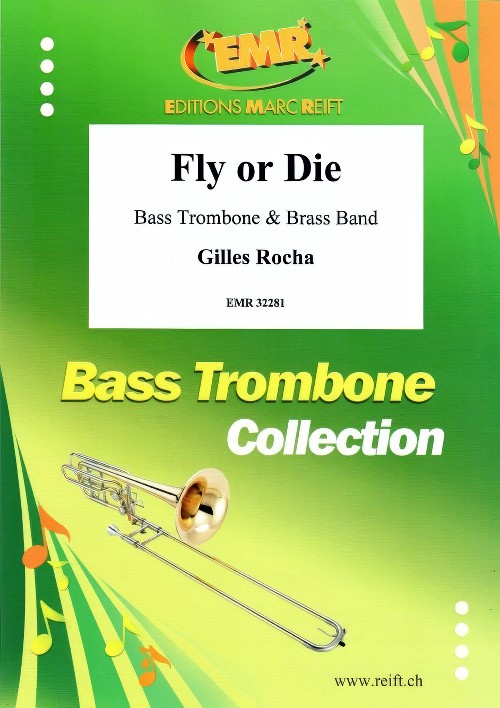 £125.00
£125.00Fly or Die (Bass Trombone Solo with Brass Band) - Rocha, Gilles
Duration: 6.00
Estimated dispatch 7-14 working days
